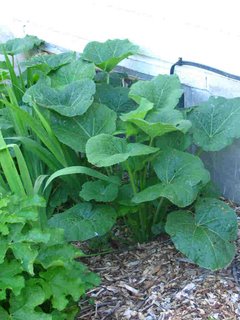Having trouble with uploading pictures
Oh to be a digital camera junkie and not be able to upload pics to share. Woe is unto my growing addiction.
For some technical reason beyond me - blogger isn't taking any of my pictures from the weekend. Go figure.
I have tried to upload some great shots of light on light - orange light on orange plants - yellow light on yellow plants - light that enhances the look of the plant. Blogger wouldn't let me.
So you can't see my shots. You might want to make your own. ?????
But you gotta be there to see it.
It's that old seat in the garden thing again.
And yes, I'm going to keep coming back there time and time again. Every garden writer has their thing. I like seats in the garden. I like compost. So if you read my stuff - you get to read about seats and compost.
This is going to be an unusually crazy busy week with way too many deadlines to meet in a single week. So, while I hope to do some gardening and take a ton of pictures, I'm going to have to focus on the things that put the bread on my table. My blog (unfortunately) isn't one of them.
Sit in your garden while I'm not here. Relax a little. I'll get back to you in a week with a lot of pictures and a ton new web page ideas (Oh! Do I have ideas for my websites)






















